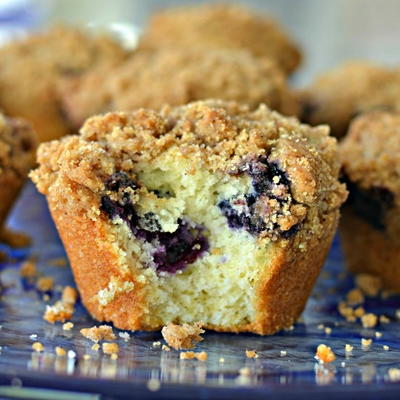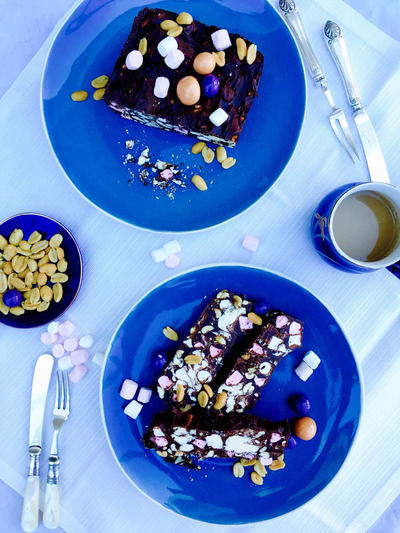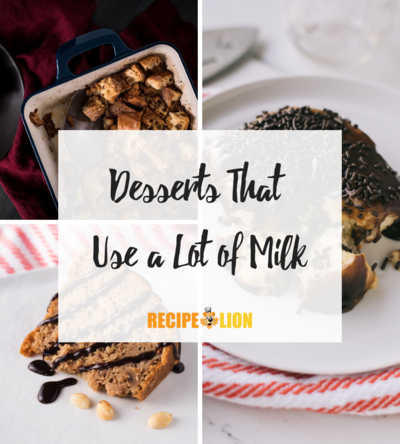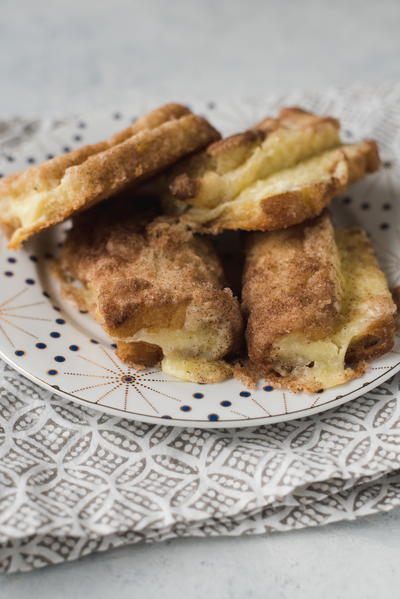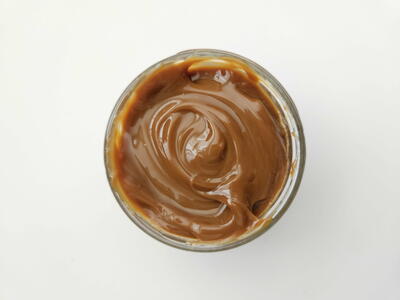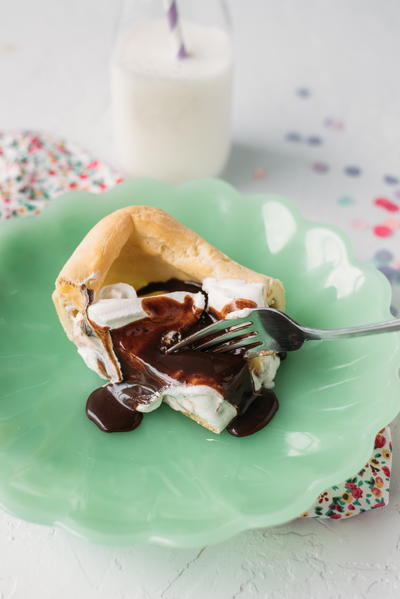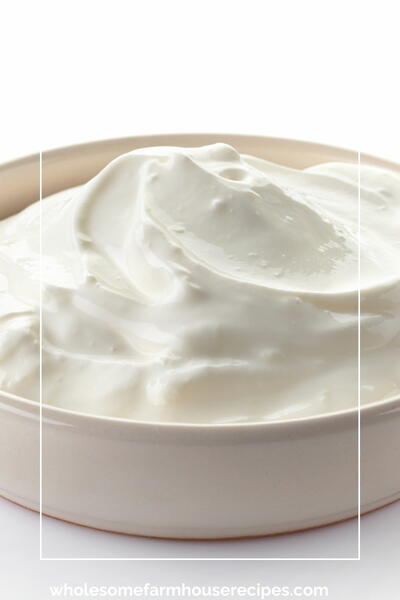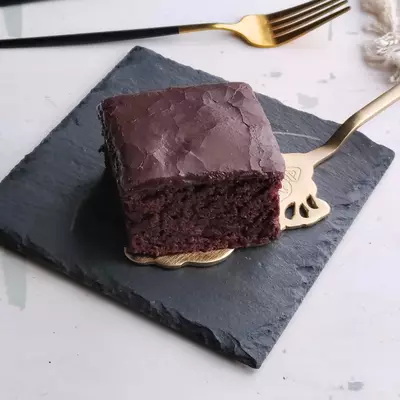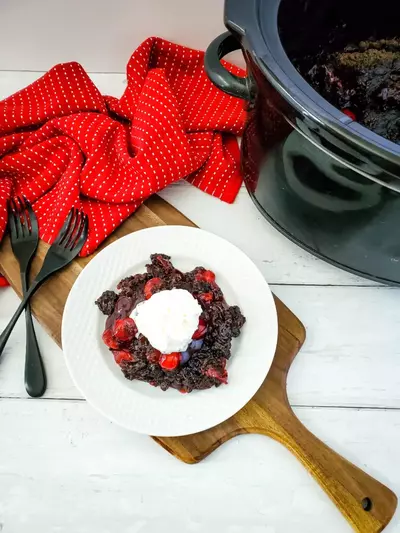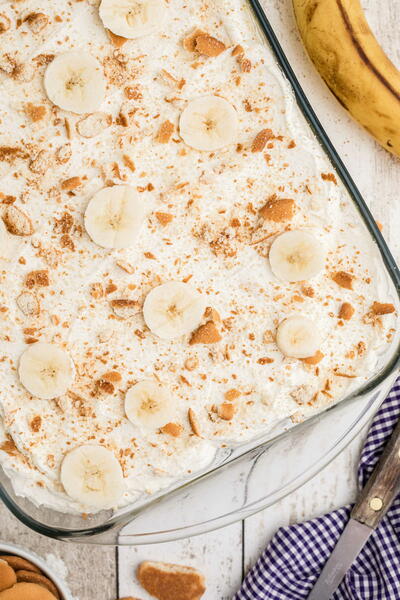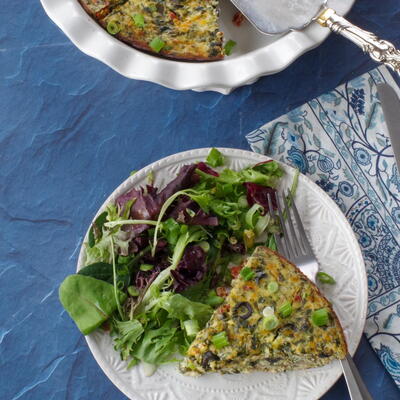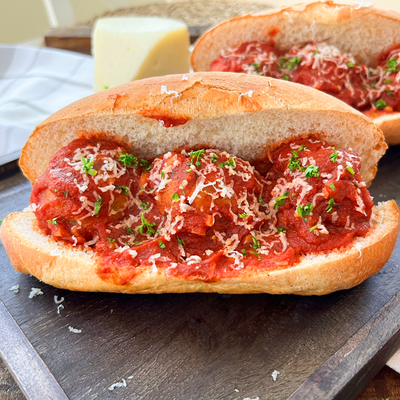Chocolate Paradise
Ingredients
- 1/3 cup sifted cake flour (not self-rising)
- 1/4 cup sifted unsweetened alkalized cocoa powder
- 1/3 cup plus 2 tablespoons granulated sugar
- 1/4 teaspoon double acting baking powder
- 1/8 teaspoon salt
- 2 large eggs plus 2 large egg yolks, separated (at room temperature)
- 3 tablespoons vegetable oil
- 2 teaspoons water
- 1 teaspoon vanilla extract
- 1 navel orange
- 2 tablespoons granulated sugar
- 3 tablespoons Grand Marnier
- 8 ounces semisweet chocolate, coarsely chopped
- 1/2 cup milk
- 1 tablespoon vegetable oil
- 4 teaspoons vanilla extract
- 3/4 cup heavy (whipping) cream
- 3 tablespoons Grand Marnier
- 1 1/4 teaspoon unflavored powdered gelatin
- 6 ounces white chocolate, finely chopped
- 1/4 cup milk
- 1 3/4 teaspoon minced orange zest (reserved from orange syrup)
- 1 tablespoon vegetable oil
- 2 teaspoons vanilla extract
- 1 cup heavy (whipping) cream
- 6 ounces semisweet chocolate, finely chopped
- 2/3 cup heavy (whipping) cream
- 2 tablespoons light corn syrup
Instructions
YIELD: 10 servings. Orange slices, for garnish Position a rack in the center of the oven and preheat to 350 degrees F. Line a 15 1/2-by-10 1/2-by-1-inch jellyroll pan with aluminum foil, leaving a 2-inch overhang on the short ends. Fold the overhang underneath the pan. Butter the aluminum foil and the sides of the pan. Lightly dust the bottom of the pan with flour and tap out the excess. In a small bowl, using a wire whisk, stir together the flour, cocoa, 2 teaspoons of the sugar, baking powder and salt, until thoroughly blended. Sift the flour mixture onto a piece of waxed paper. In a 4 1/2-quart bowl of a heavy-duty electric mixer, using the wire whip attachment, beat the egg yolks at medium-high speed. Add 1/3 cup of the remaining sugar in a steady stream. Continue beating the egg yolks for 4 to 7 minutes, until the batter is pale yellow and forms a thick ribbon. Lower the speed to medium and beat in the oil, water and vanilla. In a grease-free 4 1/2-quart bowl of a heavy-duty electric mixer, using a clean wire whip attachment, beat the egg whites at low speed until frothy. Gradually increase the speed to medium-high and continue beating the whites until they start to form soft peaks. One teaspoon at a time, gradually add the remaining 4 teaspoons of sugar and continue to beat the whites until they form stiff, shiny peaks. Scrape one-third of the whites on top of the beaten egg yolks. Resift one-third of the flour mixture over the whites and using a balloon whisk or a large rubber spatula, fold the flour mixture and egg whites into the egg yolk mixture making sure to bring the whisk or spatula near the bottom of the bowl to free any flour that may be clinging to the side of the bowl. One-third at a time, gently fold in the remaining whites with one-third of the resifted flour mixture. Do not overfold the batter. Scrape the batter into the prepared pan and spread it into a thin, even layer with an offset metal cake spatula. Bake the sponge cake for 10 to 15 minutes, until the center springs back when gently pressed with a finger. Transfer the pan with the sponge cake to a wire rack to cool for 10 minutes. Using the foil as handles, lift the cake from the pan and set it on a wire rack to cool completely. Using a swivel vegetable peeler, peel off eight 3/4-by-2 1/2-inch strips of orange zest. Be careful to not include any of the bitter white pith beneath the orange skin. With a large, sharp knife, mince the zest to make 1 3/4 teaspoons. Set the zest aside to be used when making the white chocolate orange mousse. Squeeze the juice from the orange to make 1/4 cup. In a small saucepan, combine the orange juice and sugar. Cook over medium heat, stirring constantly with a wooden spoon until the sugar dissolves completely and the mixture is hot. Do not let the syrup boil. Remove the pan from the heat. Stir in the Grand Marnier and cool the orange syrup to room temperature. Put the chocolate in a food processor fitted with the metal chopping blade. Process for 30 to 45 seconds, until finely chopped. In a small saucepan, set over medium heat, bring the milk to a gentle boil. With the motor of the food processor running, pour the hot milk through the feed tube. Process for 15 to 25 seconds, until the chocolate is completely melted. Scrape down the side of the workbowl. Add the oil and vanilla to the chocolate mixture. Process for 15 to 25 seconds, until the mixture is smooth and creamy. Scrape the chocolate mixture into a large bowl. Let the chocolate mixture stand for a few minutes, until tepid. In a chilled 4 1/2-quart bowl of a heavyduty electric mixer, using the wire whip attachment, whip the cream at medium-high speed, until soft mounds barely start to form and the cream is still pourable. Do not overwhip the cream. Using a large rubber spatula, gently fold one-third of the whipped cream into the tepid chocolate mixture to lighten it. Fold in the remaining whipped cream. Do not overfold the mousse or it will become grainy. Cover the surface of the mousse with plastic wrap and freeze for about 30 minutes, until it starts to set. Cover the cooled sponge cake with a flat baking sheet and invert the cake. Carefully peel off the aluminum foil. Cover the sponge cake with a piece of waxed paper and top with a flat baking sheet. Reinvert the sponge cake so that it is right side up. Using the bottom of 9 1/4-by-5 1/4-by-2 3/4-inch non-stick metal loaf pan (such as Ekco Baker's Secret) as a guide, cut a rectangular piece of sponge cake big enough to cover the bottom of the loaf pan. In the same manner, cut two pieces of sponge cake to line the two long sides of the loaf pan. Cover the remaining piece of sponge cake with plastic wrap and reserve to later top the mousse-filled mold. The two short ends of the loaf pan will not be lined with cake. Line the bottom and sides of the loaf pan with a double thickness of plastic wrap so that the plastic extends about 1 inch beyond the rim of the pan. Brush the tops of the three cut pieces of sponge cake with three-quarters of the orange syrup. Line the bottom and one long side of the loaf pan with two pieces of the sponge cake. Cover the pan and the remaining cut piece of sponge cake with plastic wrap and set aside while preparing the white chocolate orange mousse. Put the Grand Marnier in a small heatproof cup. Sprinkle the gelatin over the liqueur and let the mixture soften for 5 minutes. Place the cup with the softened gelatin in a saucepan with enough water to come halfway up the side of the cup. Heat the gelatin mixture in hot, not simmering water. Stir the gelatin mixture frequently for 2 to 3 minutes, until the gelatin granules dissolve completely and the mixture is clear. Remove the pan from the heat. Leave the cup containing the gelatin mixture in the hot water to keep the gelatin hot until ready to use. Put the white chocolate in a medium bowl. In a small saucepan, heat the milk with the reserved 1 3/4 teaspoons orange zest over medium heat until the milk comes to a boil. Pour the hot milk mixture over the bowl of chocolate. Let the mixture stand without stirring. Pour the hot gelatin over the chocolate/milk mixture. Gently whisk until smooth. Stir in the oil and vanilla until blended. Let the mixture cool for 10 to 15 minutes, until tepid. In a chilled large bowl, using a handheld electric mixer, set at medium-high speed, whip the cream just until soft mounds barely start to form and the cream is still pourable. Do not overwhip. Using a rubber spatula, temper the tepid white chocolate mixture/gelatin mixture by folding one-fourth of the whipped cream into it just until blended. Fold in the remaining whipped cream. Do not overfold or the mousse will become grainy. Leave the white chocolate orange mousse at room temperature. Remove the dark chocolate mousse from the freezer. Position the loaf pan so that the one long side that is lined with sponge cake is lying parallel in front of you. Slightly tilt the front of the pan towards you by propping up the back of the pan lengthwise with the long handle of a wooden spoon. Scrape the chocolate mousse into the loaf pan and using a small offset metal cake spatula, carefully spread the mousse so that it covers the piece of sponge cake on the bottom of the pan and fills in the cakelined space between the far edge of the bottom of the pan and the opposite rim at the top of the pan. The dark chocolate mousse will fill half of the loaf pan on the diagonal forming a wedge shape. (At serving time, when the cake is cut crosswise, the dark and white chocolate mousses will form two opposed triangles.) Cover the unlined long side of the pan with the third cut piece of moistened sponge cake. Carefully fill the empty wedge-shaped space with the white chocolate orange mousse. Trim the remaining piece of sponge cake to fit the top of the mousse-filled loaf pan. Brush the trimmed piece of sponge cake with the remaining orange syrup. Cover the loaf pan with the moistened side of the sponge cake lying against the mousse. Wrap the loaf pan in plastic and aluminum foil. Freeze the mousse cake for at least 6 hours or overnight, until firm. Cover a 9 1/2-by-5-inch cardboard rectangle with aluminum foil. Unwrap the mousse cake and put the foil-covered rectangle on top of the cake. Invert the loaf pan onto the cardboard rectangle. Gently pull down on the ends of the plastic wrap until the cake releases from the sides of the pan and onto the cardboard rectangle. Put the cardboard rectangle with the mousse cake onto a wire rack set on a baking sheet. Refrigerate the mousse cake while preparing the chocolate glaze. Put the chocolate in a medium bowl. In a small saucepan, set over medium heat, heat the cream and corn syrup until the mixture comes to a boil. Pour the hot cream over the chocolate. Let the mixture stand for 30 seconds to melt the chocolate. Gently whisk until smooth. Stir in the vanilla. Remove the plastic wrap from the chilled mousse cake. Spoon the warm chocolate glaze over the mousse cake, coating it completely. Transfer the mousse cake still on the cardboard rectangle to a clean baking sheet. Put the baking sheet with the glazed mousse cake in the freezer until ready to serve. (The mousse cake is easier to cut when kept frozen.) With a sharp, thin-bladed knife, cut the mousse cake into 10 pieces, wiping the knife blade clean between each slice. Lay the slices on dessert plates. If desired, garnish the plates with orange slices cut into small triangles. Let the mousse cake soften at room temperature for 5 to 10 minutes before serving.

